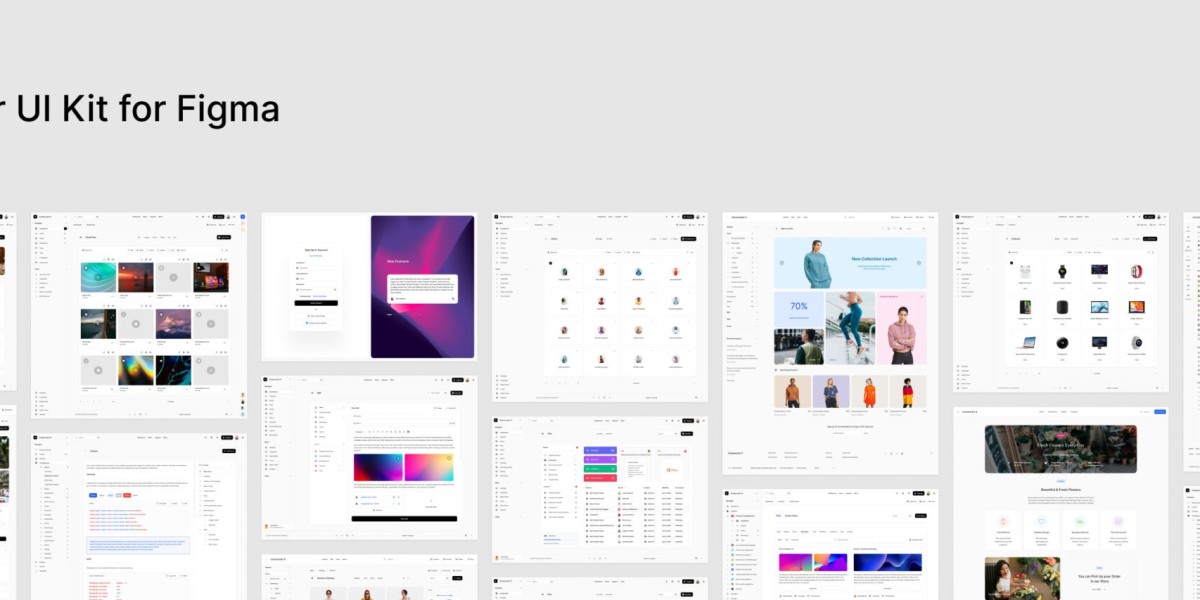In today’s digital age, mobile apps have become an integral part of daily life, offering everything from entertainment and social connectivity to banking and fitness tracking. As smartphone usage continues to skyrocket, advertisers have turned their attention to this fertile ground, leveraging ads on mobile apps to reach consumers in ways that were unimaginable a decade ago. But what makes mobile app advertising so compelling, and how can businesses navigate this rapidly evolving landscape? This article dives deep into the world of ads on mobile apps, examining their types, advantages, challenges, and future potential.
Understanding Ads on Mobile Apps
At its core, advertising on mobile apps involves displaying promotional content within applications that users interact with on their smartphones or tablets. Unlike traditional advertising mediums such as television or print, ads on mobile apps are interactive, targeted, and often personalized, providing marketers with a direct line to their audience.
There are several common formats of mobile app advertising:
- Banner Ads – Small, rectangular ads displayed at the top or bottom of an app screen. While less intrusive, they are often overlooked due to “banner blindness.”
- Interstitial Ads – Full-screen ads that appear at natural transition points, like between game levels. Their immersive nature makes them more noticeable but potentially disruptive.
- Video Ads – Short video clips that users often watch voluntarily in exchange for in-app rewards. Video ads boast higher engagement and conversion rates.
- Native Ads – Seamlessly integrated into the app’s interface, these ads mimic the app’s content and enhance the user experience without feeling intrusive.
- Playable Ads – Interactive ads allowing users to test a mini-version of a game or app, driving both engagement and downloads.
Understanding these formats helps marketers choose the right approach depending on the app type, user behavior, and campaign goals.
The Advantages of Advertising on Mobile Apps
The rise of ads on mobile apps is not just a trend—it’s a strategic necessity for brands seeking to reach a highly connected audience. Here are some of the key advantages:
1. Precise Targeting
Mobile apps collect a wealth of user data, from demographic information to behavior patterns. Advertisers can leverage this data to deliver highly targeted campaigns, ensuring that their message reaches the right audience at the right time. For instance, a fitness app can target ads for sports equipment or health supplements to users actively engaging with workout features.
2. High Engagement Levels
Users interact with apps frequently throughout the day, often in short, repeat sessions. This habitual engagement provides multiple touchpoints for advertisers. Unlike passive forms of advertising, ads on mobile apps have a higher chance of capturing attention, especially when implemented thoughtfully.
3. Interactive and Innovative Formats
Mobile app ads are not limited to static visuals. With formats like playable ads or rewarded video ads, marketers can create interactive experiences that entertain users while promoting products. These formats tend to boost user engagement and conversion rates, making campaigns more effective.
4. Measurable Results
Digital advertising thrives on metrics, and mobile apps are no exception. Advertisers can track impressions, clicks, conversions, retention, and other key performance indicators in real-time. This data-driven approach allows for continual optimization, improving return on investment (ROI) and campaign effectiveness.
Challenges of Mobile App Advertising
Despite its many advantages, advertising on mobile apps comes with challenges that marketers must navigate carefully.
1. Ad Fatigue
Users can become overwhelmed by too many ads, leading to decreased engagement or even app abandonment. Striking the right balance between monetization and user experience is crucial for long-term success.
2. Privacy Concerns
Increasing awareness of data privacy has led to stricter regulations, such as GDPR and CCPA. Advertisers need to ensure compliance and handle user data responsibly, or risk legal consequences and damage to brand reputation.
3. Ad Blockers
Some users employ ad blockers or opt out of personalized advertising, limiting the reach of campaigns. Innovative approaches and native ad integration can help mitigate this challenge, but it requires careful planning.
4. Device Fragmentation
With thousands of devices, screen sizes, and operating systems in use, designing ads that function seamlessly across all platforms can be technically complex. Advertisers must test and optimize campaigns for consistency and usability.
Best Practices for Effective Mobile App Advertising
To maximize the impact of ads on mobile apps, businesses should adopt a strategic approach:
- Understand the Audience – Use analytics to segment users based on behavior, preferences, and demographics.
- Choose the Right Format – Match ad formats with user experience. For example, avoid full-screen interstitials in productivity apps but use them in gaming apps where transitions are natural.
- Focus on Creativity – Engaging visuals, storytelling, and interactivity can differentiate ads from competitors.
- Prioritize User Experience – Ads should enhance, not disrupt, the app experience. Rewarded ads or native placements often perform better than intrusive alternatives.
- Test and Optimize – Continuous A/B testing and performance tracking help refine campaigns, increasing ROI over time.
The Future of Ads on Mobile Apps
The future of mobile app advertising is promising, driven by evolving technology and changing user behaviors. Emerging trends include:
- Augmented Reality (AR) Ads – Allowing users to interact with products in real-time, providing immersive experiences.
- AI-Driven Personalization – AI can predict user preferences and deliver highly personalized, context-aware ads.
- Programmatic Advertising – Automated buying and selling of ad space, increasing efficiency and targeting precision.
- Cross-Platform Campaigns – Integrating mobile app ads with other digital channels, like social media or connected TV, for a cohesive brand experience.
As technology advances, ads on mobile apps will become more intelligent, seamless, and integral to the user journey.
Conclusion: Navigating the Mobile Ad Landscape
Ads on mobile apps are no longer just an optional marketing tool—they are a fundamental part of the digital advertising ecosystem. By offering precise targeting, interactive formats, and measurable outcomes, mobile app advertising allows brands to engage users like never before. However, the key to success lies in balancing monetization with user experience, respecting privacy, and continually adapting to technological and behavioral shifts.
As the mobile landscape evolves, businesses must remain agile and creative, exploring innovations like AR, AI, and programmatic advertising. The challenge for marketers is not simply to place ads but to craft meaningful, engaging experiences that resonate with users. In this fast-paced digital era, the future belongs to those who understand not just how to advertise on mobile apps, but how to do it well—turning everyday interactions into powerful opportunities for connection and growth.



